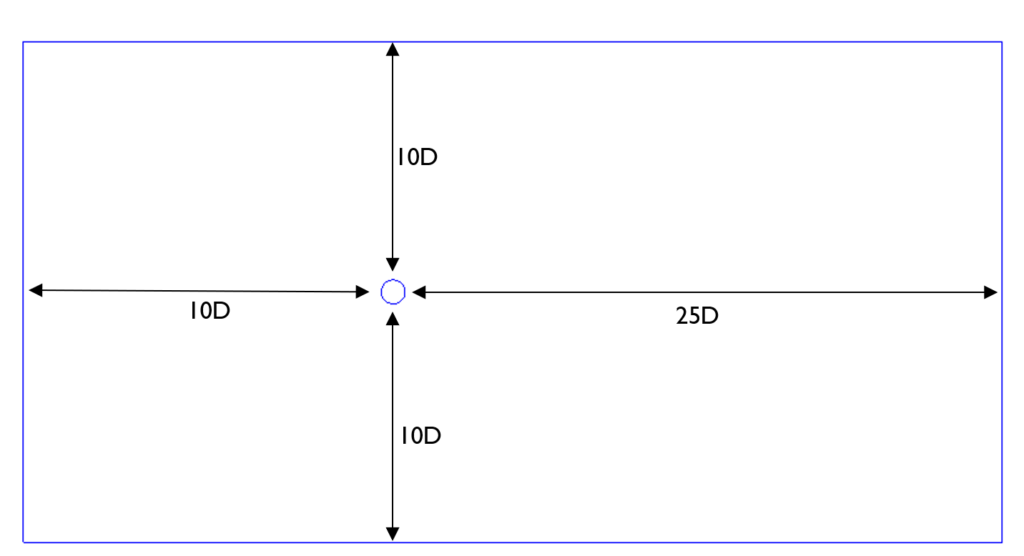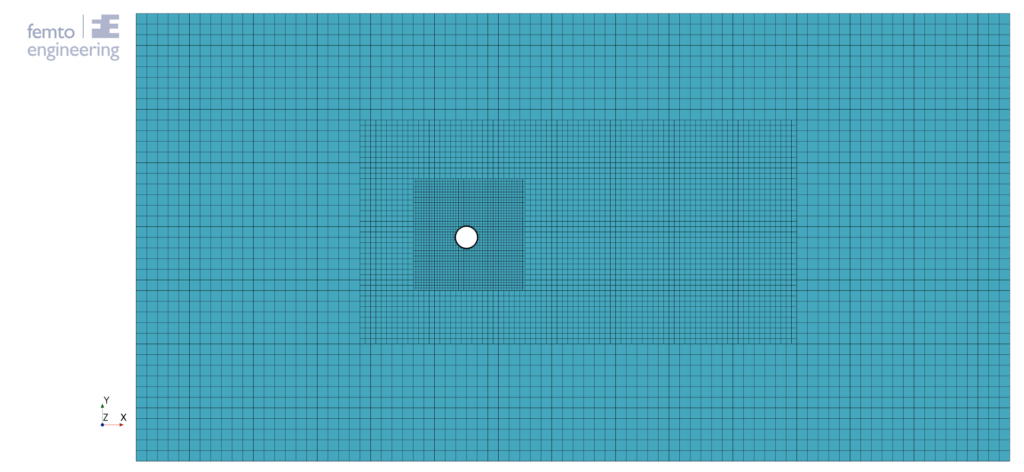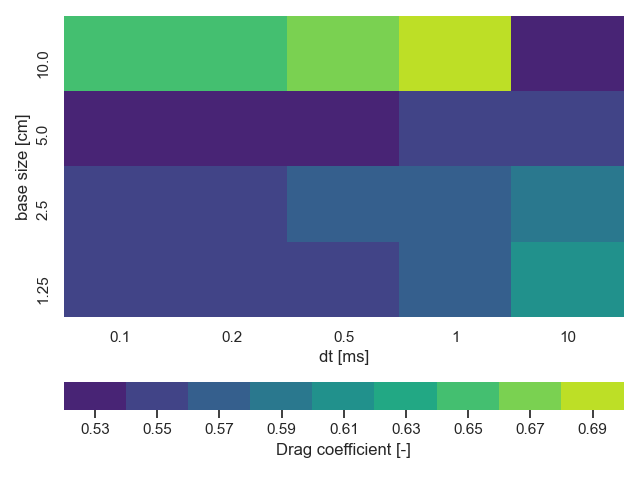Validating fundamentals: Circular cylinder in an airflow
In this article we will validate a fundamental simulation, namely a circular cylinder in an airflow. The simulation in this article is validated using the data from experimental research by J.-C. Bera et. al. [1].





